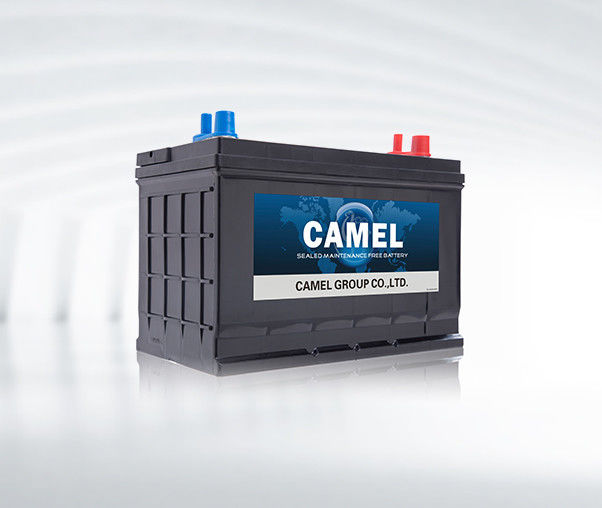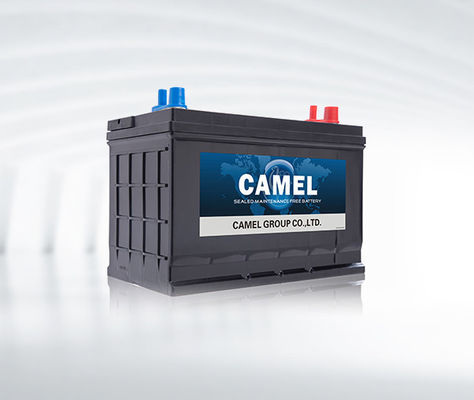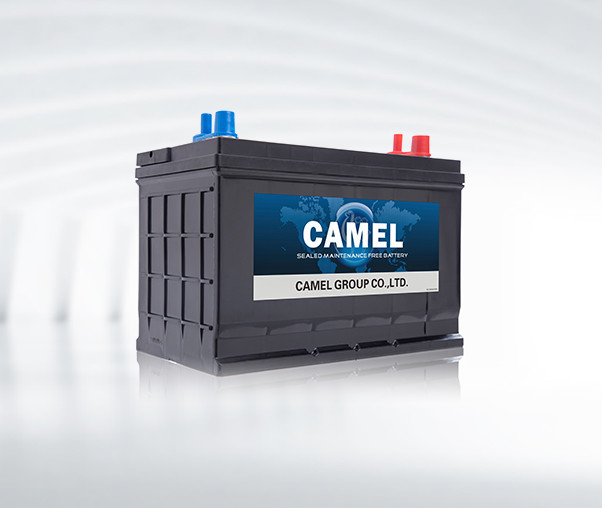12V 950Ah Lead-acid Yacht Cranking Battery
Yacht Batteries are built to last in the marine environment. The battery is the maintenance-free and vibration resistant, so as to adpat to the comprehensive environment on the water. The battery is manufactured in China by Camel Group, the biggest vehicle battery manufacturer and brand in Asia. Each battery has passed over 200 quality tests to ensure the consistent and superior performance. You can choose the suitable battery according to your requirements.
Product Features
High Performance
Lead Acid Marine Battery is a high performance, high quality marine battery. It has the characteristics of large capacity and high deep circulation capacity.
Overcharge and Discharge Resistant
Lead Acid Marine Battery is also resistant to overcharge and high rate discharge as well as vibration resistance.
High Deep Cycle Capability
Marine batteries are designed for deep cycle service with visible plates and separators.
Safe and Reliable
This marine battery is designed to handle the harsh environments of boats, yacht and fire departments. Can bear the weight of lead plate, provide high rate discharge current, bring you a safe and reliable marine power supply system!
Product Model
| Type |
Part No. |
CCA
(-18℃)
|
RC(min) |
Dimensions(mm)
L*W*H
|
Terminal
(Layout/Type)
|
Hold Down |
Weight
(kg)
|
| MRV31 |
G31(B) |
950 |
209 |
332*174*236 |
1/Marine |
B01 |
27.2 |
Applications
1. Yacht cranking battery is specially designed for the use of vehicles of marine.

About Camel
Founded in 1980, Camel Group Co., Ltd.(Stock No: SH601311) is specialized in the R&D, production and sales of lead-acid batteries, with the production of EV lithium-ion battery and used battery recycling as the supplement. Camel is the largest and leading car battery manufacturer in Asia.
Currently, Camel has four major brands, which are CAMEL, HUAZHONG, SWAN, DF. With over 400 types of products covering automotive starter battery, start-stop battery, lithium-ion battery, traction battery, etc. Camel batteries are widely used in cars, trucks, agricultural vehicles, golf carts, electric vehicles and other applications.
The core competitiveness of Camel Group stems from continuous independent innovation, clear development strategy and efficient execution, which are all based on having an enterprising and innovative management and technical team. To ensure the technological leadership in the industry, Camel has continuously increased R&D investment and introduced the world's leading automatic production lines, and advanced R&D and testing devices. The professional R&D institute under the company is recognized as state-level enterprise technology center. Camel also has academician expert workstation and state-level laboratory. As a high-tech enterprise supported by the state, Camel has entered the field of new energy vehicle prospectively, committed to green energy manufacturing and recycling, and opening a low-carbon life for mankind.


FAQ
1. Why the electrolyte temperature is too high? How to deal with it?
A: The high temperature of electrolyte after acid filling of new batteries is due to the neutralization reaction between the acid and the oxidized negative plates, which will generate lots of heat. During this period, charging should start when the electrolyte temperature drops to about 40 ℃, or charge the battery with low current.
During normal charging process, if electrolyte temperature is high or even exceeds 45℃, cooling measures should be taken, or adjust the charging current to a low value. If temperature shows no decrease, possibility of battery internal short circuit or plate’s sulfation should be considered.
During normal usage of battery, if the temperature is too high. There are two possibilities to this: one is because the surrounding ambient temperature is too high, and the heat generated by battery is not easy to dissipate. The other is that the charging voltage or current is too high.
2. How to deal with abnormal charging?
A: When recharge a normal battery, no massive bubbles(gas) would be generated at the primary charging period, since the current charged only serves for the electrochemical reaction of active mass. While at the end of charging period, along with the completion of electrochemical reaction, current charged begins to electrolyze water, and degases hydrogen and oxygen.
When recharge the battery after usage, if only little gas is generated at the end charging period, it may be because the charging current is too low or battery is still not fully charged. If one single cell shows no gas generation during battery charging, this may indicate internal short circuit. If the whole battery produces too much gas and too early, this indicates the possibility of plates sulfation, which should be treated with repeated discharge and charge processes. If the battery produces gas in resting period or discharge process, it may be caused by much impurities in electrolyte.

 Your message must be between 20-3,000 characters!
Your message must be between 20-3,000 characters! Please check your E-mail!
Please check your E-mail!  Your message must be between 20-3,000 characters!
Your message must be between 20-3,000 characters! Please check your E-mail!
Please check your E-mail! 



